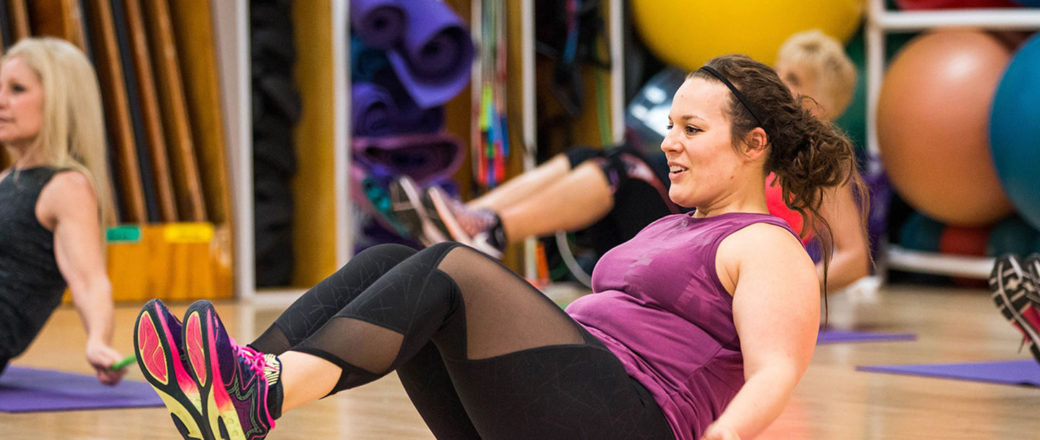For many people, the third week of January is where overly ambitious New Year’s Day resolutions go to die. Often times, however, the fault lies not with the person but with the program. Was the resolution ill-conceived? Was it too much, too fast? Did it lack goals, structure, or a reasonable pathway for success?
 Throughout her career in the fitness industry, Club Julian wellness director Debby Petitta has definitely seen her share of January resolutions, and has developed some pretty sensible theories on why some work and why some end in failure or frustration. She says that many people start their workouts in January and then quit after the first two weeks because they are not seeing results. “People get frustrated because they may not be seeing results right away, however, they are not understanding what else is going on with their bodies,” says Debby, who is an ACE certified trainer, health coach, and a certified nutrition specialist. “What people don’t understand is that typically you won’t SEE results for about 6 weeks. That’s visual results – standing in front of mirror and seeing a change in your body.”
Throughout her career in the fitness industry, Club Julian wellness director Debby Petitta has definitely seen her share of January resolutions, and has developed some pretty sensible theories on why some work and why some end in failure or frustration. She says that many people start their workouts in January and then quit after the first two weeks because they are not seeing results. “People get frustrated because they may not be seeing results right away, however, they are not understanding what else is going on with their bodies,” says Debby, who is an ACE certified trainer, health coach, and a certified nutrition specialist. “What people don’t understand is that typically you won’t SEE results for about 6 weeks. That’s visual results – standing in front of mirror and seeing a change in your body.”
But according to Debby, there are plenty of things going on internally. “Muscle is being built, stored sugar is being utilized, fat is being used for energy, and there are lots of metabolic changes that will help with weight loss.” Trainer Debby says initially, it is better to assess progress not so much by the number on the scale, but by the frequency and intensity of your workouts themselves. Are you showing up? Are you getting better at what you do in the gym? “Compare yourself to who you were on January 1st in terms of what you can now do in the gym and how Club Julian has become part of your new lifestyle change.”
Trainer Deb says one of the big misconceptions about weight loss is that you should focus on cardio, the more the better. “This is totally the wrong approach,” says Debby. “If you are not seeing results in what you are doing in your 30-minute cardio sessions, don’t think that extending to 45 minutes to an hour of the same thing will help. Change what you are doing. Make it more intense. If you are on a treadmill walking, add some incline. If you are running slowly, ramp it up. Make your cardio time more intense rather than elongating the time spent doing it.”
Trainer Debby also advises not to be obsessed with constantly weighing yourself. There will be daily fluctuations for different reasons. Once a week, on the same day, same time, and same scale is optimal.
She says that for many people, the changes start to manifest themselves about 6 weeks into their new routine. You may be down a pound or two and may have more energy. Your clothes may begin to fit differently. And she says a really good sign is when you feel hungrier than you did before. “That means your metabolism is stoked,” says Debby. “Your body needs more energy because you are expending more energy. It is a myth that eating more is always bad. Being hungry is a natural part of being more active and having a higher metabolism! That is a great result! – just be careful to eat well.”
Finally, Trainer Debby strongly believes that if your goal is weight loss, it is a good idea to first meet with a Club Julian trainer and get a fitness assessment. Once you have your starting point you can begin to develop short-term achievable goals. “A good basis for establishing a short-term goal is to make sure you choose a consistent time to work out,” says Debby. “Talk to a trainer about your schedule and how you will fit your workouts into your day because that will help in how your program is structured. You have to first establish a manageable routine, and once you are in that routine that’s where you start seeing results!”

